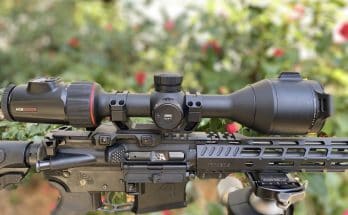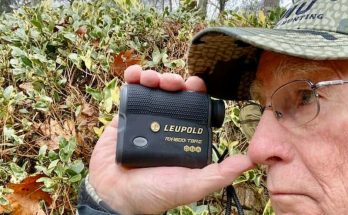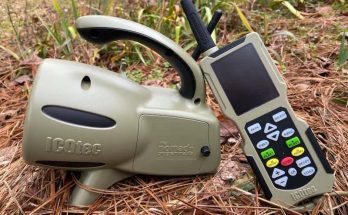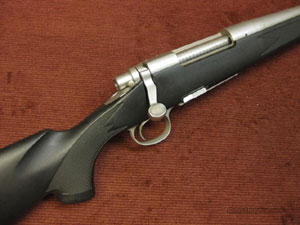
The Remington 260 was initially offered by Remington in the Model 7 and the Remington 700 BDL Stainless. I wanted no part of the short-barrelled M7. My ultimate goal in a high powered rifle is maximum safe velocity with acceptable accuracy. I was pleased to see a 24″ tube on the BDL (as it should be). Real rifles have at least 22″ barrels. Like the Remington 700 Classics with short actions, the Remington 700 BDL Stainless came with a 24″ barrel. Classics in standard calibers with long actions have 22″ barrels. I don’t know why Remington does this. Maybe the balance or maybe they think the short cases need the help of a longer tube.
This M700 was very accurate with Nosler 120 grain Ballistic Tips and Hornady 95 grain V-max bullets. They both shot to one minute of angle at what I determined was safe maximum velocity. The rifle is still quick to the shoulder and light to pack. I mounted a Leupold 3.5x10x40 scope for testing and plan to leave it on the gun for this deer season. I may go to a 2.5×8 next year, but the varmint loads were so good, I decided to use it for coyote hunting this winter. This gun/scope/caliber is a great combination varmint/deer outfit.
The one thing I don’t like is the removable magazine. They get lost, left in the truck, and never work as well as a standard magazine. Mine always fails to feed with only one round in the magazine. I hate the looks and I really hate the malfunction. Other than that, it’s a great gun. Very accurate, rugged, good looking as a plastic rifle can be, it complements the new round very well.

The Cartridge: 260 Remington
The Remington 260 could be called a 6.5 x .308. The round is made by necking a .308 Winchester case down to accept a 6.5mm bullet. Why it took so long to develop, I’ll never know, but thank goodness, Remington finally did it. That case and bullet is one of the best combinations to come down the deer trail in a long time. I think the surge in popularity in the old 6.5×55 Swedish Mauser had a lot to do with Remington’s decision.
I had been working on loads for the 6.5×55 in Mr. President’s Remington 700 Classic for a year or so when Remington announced the 260. I wanted to see what kind of velocity I could get from the new round, and compare it to the 6.5×55 in a modern rifle. The results were very impressive with both the 260 and the 6.5×55, and are posted below and in the ODHA loading data.
I began with the goal of trying to safely reach the 3000 fps plateau with 120 grain bullets, something the 6.5×55 could not quite do. I began with some old standby powders like IMR 4895, IMR4350, and Reloader 22 that worked well in the 6.5×55. The 4895 worked pretty well with lighter bullets, but none worked very well with the 120’s. The case was too small for the 4350, 4831, or the RL22. The 4895 was a little too hot, giving high pressure signs before the 3000 fps came along. The slower powders were showing potential, but I ran out of case at about 2900 fps or so.
I next moved to the medium powders of H414 and IMR4320. H414 did OK but IMR4320 was the sleeping beauty. Over the magic 3000 and up to 3030 fps with 120 grain Nosler Ballistic Tips. Made my day to say the least. After getting such good results with 4320 and 120’s, I tested the 4320 with the 95 grain V-max and 140 grain Winchester soft points and found this powder produced the best velocities with all bullet weights. Of course, there are other powders I haven’t tested yet, but I seriously doubt these results could be significantly improved.
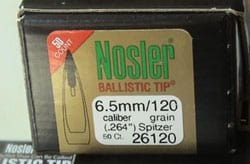
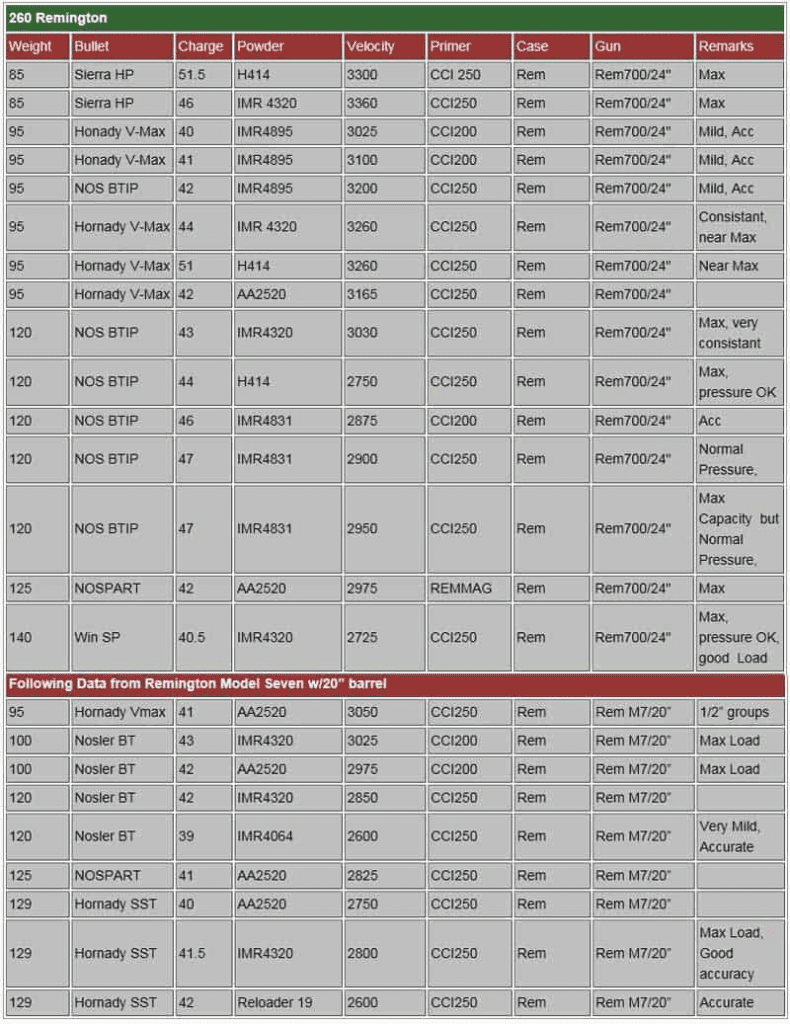
Awesafe Gun Safe, Biometric Gun Safe for Pistols*

Awesafe Bedside Gun Safe $99 at AMAZON
Remington 260 Field Tests
Field testing began on October 24th, last year on the opening day of Georgia deer season. I’d like to tell you about the big buck I got, but as luck would have it, the tests so far have been only on does. The load for all the deer taken was the 120 grain Nosler Ballistic Tip bullet, pushed by 43.0 grains of IMR 4320 powder. Instrumental muzzle velocity for the load is 3030 feet per second.
So far this season, I have taken two deer with the Remington 700 BDL Stainless 260. Both were does, one weighed 110 pounds and one 140 pounds. The shot on the 140 pounder was typical lung shot at 75-80 yards. The shot entered near the rear of the lung area on the right side and angled slightly downward and forward and exited on the left side on the front lower portion of the lung area. The Ballistic Tip bullet is designed to expand pretty rapidly and do massive damage to the internal organs and it indeed does this well. The entrance hole was larger and had more destructive appearance on the ribs than the exit hole. The deer stayed on it’s feet and ran about 30 yards.
The second deer was a different story. The shot was about 100 yards and the deer was quartering toward me. The shot entered just behind the right shoulder and did not exit. The deer stayed on it’s feet and ran about 50 yards. The Ballistic Tip did a good job on the lungs, but I was disappointed that it did not completely penetrate the small doe. The bullet did not hit the shoulder bone, but just failed to pass through the body cavity.
Although both deer went down pretty quickly, I am not sure if the Ballistic Tip is the best choice for this caliber. If the 120 grain Ballistic Tip in this caliber had to take a large buck with a less than perfect lung shot, say through the shoulder bone, the place I really like to shoot bucks, it may not penetrate deep enough for a quick kill. I think I will go to the Nosler Partition 125 grain bullet or the 120 Barns X-Bullet next season. Either of these bullets will give better penetration and stay together when a 120 Ballistic Tip might penetrate completely through a tough old buck.
Some would say go to a heavier 140 bullet, but I disagree. Up to a hundred yards there’s not much difference in energy and trajectory, but on the long shots between 200 and 300 yards, the 120-125 grain bullets shoot flatter and hit harder. The small case can’t produce enough velocity with the larger 140 grain bullet to match the 125’s. Zeroed at 200 yards, the 140 will be about 3 inches lower, and retain about 250 ft/lbs less energy than a 125 grain bullet.
UPDATE: After shooting the 260 Remington for a couple of years, I have decided there are better cartridges for deer. If you do use it, make sure to use bullets like the Nosler Accubond or Nosler Partition to get maximum penetration. It is however, better than the 6.5 Creedmore for deer hunting.
Good Shoot’n,
Related Post Remington Model Seven 260


